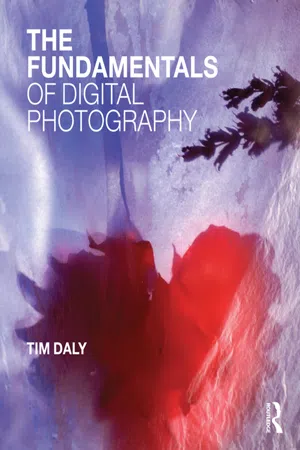
- 200 pages
- English
- ePUB (mobile friendly)
- Available on iOS & Android
The Fundamentals of Digital Photography
About this book
The Fundamentals of Digital Photography explores the guiding principles of great photography through efficient and effective technique. Easy-to-follow instructions teach you how to work with a digital workflow and develop a solid understanding of materials and processes. You will also find creative inspiration through the work of some of the world's great historical photographers, and discover how the history of photography can feed into your own work. Themed projects, featuring stunning images from contemporary international practitioners, will help you focus your ideas to produce truly original photographs.The assignments at the end of each chapter help you to create a body of work that will expand your photographic portfolio. By shooting these carefully devised assignments, you will become a confident software user, and develop the all-important visual and conceptual skills essential to successful photography.
Frequently asked questions
- Essential is ideal for learners and professionals who enjoy exploring a wide range of subjects. Access the Essential Library with 800,000+ trusted titles and best-sellers across business, personal growth, and the humanities. Includes unlimited reading time and Standard Read Aloud voice.
- Complete: Perfect for advanced learners and researchers needing full, unrestricted access. Unlock 1.4M+ books across hundreds of subjects, including academic and specialized titles. The Complete Plan also includes advanced features like Premium Read Aloud and Research Assistant.
Please note we cannot support devices running on iOS 13 and Android 7 or earlier. Learn more about using the app.
Information
CHAPTER 1
HOW EQUIPMENT WORKS
DIGITAL SLR CAMERAS
PRACTICAL USES AND TYPICAL SPECIFICATIONS

CREATIVE CONTROLS
PREVIEWS AND CONFIRMATIONS
SENSOR SIZES

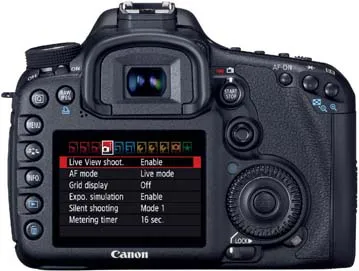
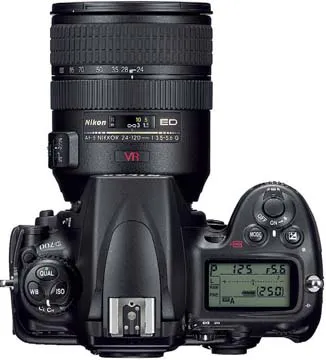
COMPACT CAMERAS
SMARTPHONES
ADVANCED DIGITAL COMPACT
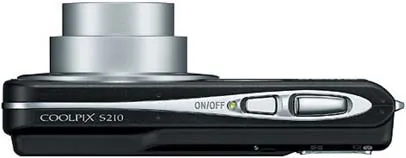


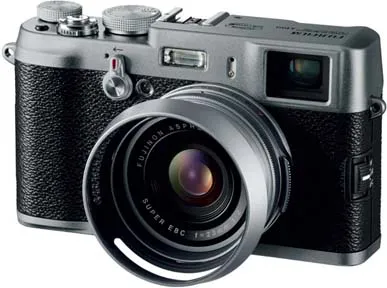
MEDIUM FORMAT CAMERAS
Table of contents
- Cover
- Title Page
- Copyright Page
- Contents
- Introduction
- Chapter 1 How Equipment Works
- Chapter 2 Shooting Skills
- Chapter 3 Themes and Their Workflows
- Chapter 4 Project Development
- Chapter 5 Treatment
- Chapter 6 Output and Finishing
- Conclusion
- Glossary
- Suppliers
- Index
- Acknowledgements and credits